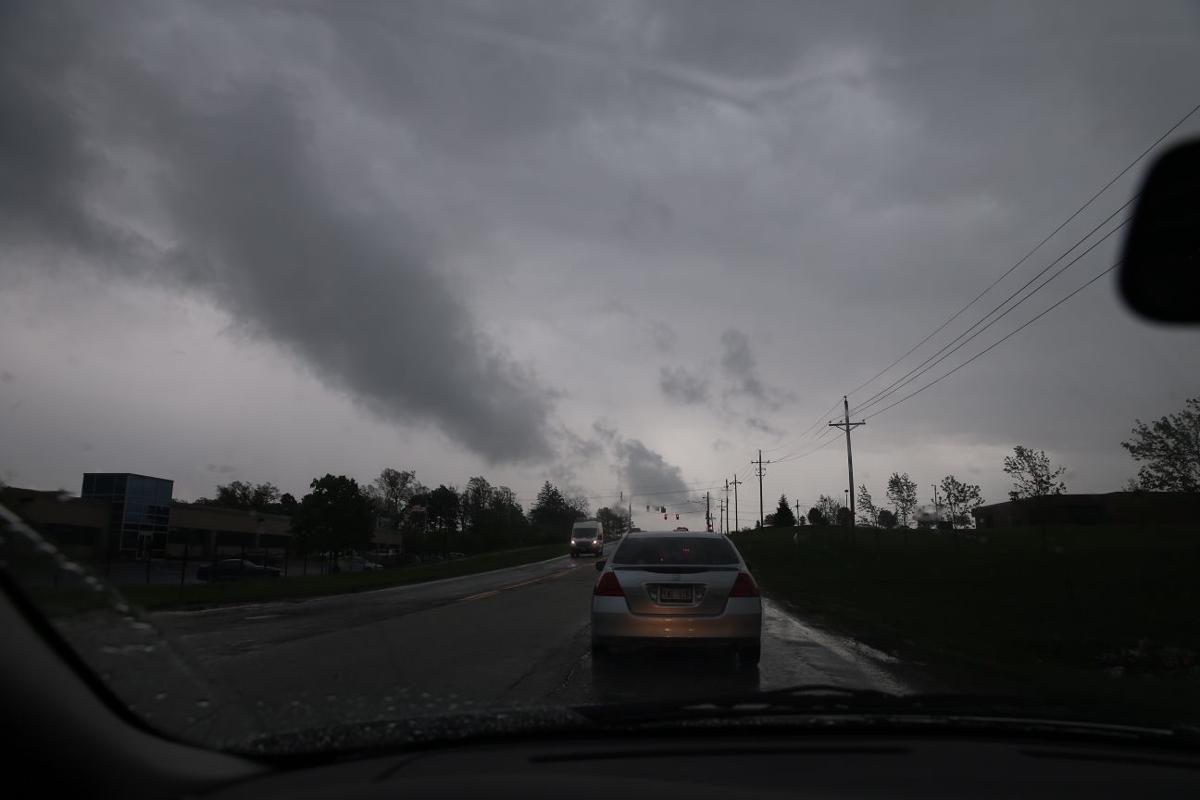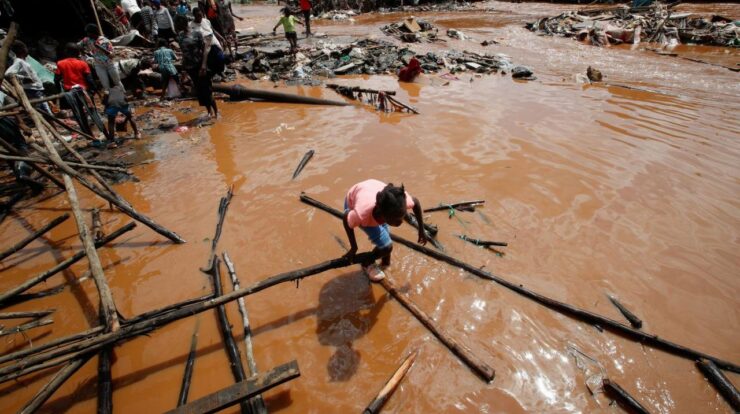
Omaha tornado today – As the threat of tornadoes looms over Omaha today, it is imperative to stay informed and prepared. This comprehensive guide delves into the history of tornadoes in Omaha, providing crucial safety tips, forecasting and tracking methods, damage assessment procedures, and ongoing research and mitigation strategies.
By equipping ourselves with knowledge and understanding, we can navigate the challenges posed by tornadoes and emerge resilient.
Throughout history, Omaha has witnessed several notable tornadoes, leaving a trail of destruction in their wake. Understanding the frequency and severity of past tornadoes helps us gauge the potential risks and take appropriate precautions. A tornado safety plan is paramount, outlining evacuation routes, designated shelters, and communication strategies.
Tornado History in Omaha

Omaha has a long and unfortunate history with tornadoes. The city has been hit by numerous tornadoes over the years, some of which have been particularly devastating. In 1913, a tornado killed 100 people and destroyed over 2,000 homes. In 1975, another tornado killed 3 people and injured 50. And in 2011, a tornado killed 2 people and injured 24.
The Omaha area is located in Tornado Alley, a region of the central United States that is particularly prone to tornadoes. The combination of warm, moist air from the Gulf of Mexico and cold, dry air from the north creates the perfect conditions for tornado formation.
Tornadoes can occur at any time of year, but they are most common in the spring and summer months. The average number of tornadoes in Omaha is about 3 per year. However, the number of tornadoes can vary greatly from year to year.
Tornado Safety and Preparedness
It is important to be prepared for a tornado in Omaha. Here are some tips:
- Have a tornado safety plan in place. This plan should include a designated safe place in your home, such as a basement or interior room on the lowest floor.
- Stay informed about the weather forecast. If a tornado warning is issued for your area, take shelter immediately.
- If you are caught outside during a tornado, lie down in a ditch or other low-lying area and cover your head with your hands.
Community emergency response systems can also play an important role in tornado safety. These systems can provide early warning of tornadoes and help to coordinate emergency response efforts.
Tornado Forecasting and Tracking
Meteorologists use a variety of methods to forecast and track tornadoes. These methods include:
- Doppler radar
- Weather balloons
- Satellite imagery
Doppler radar is the most important tool for tornado forecasting. Doppler radar can detect the rotation of the wind, which is a sign of a tornado. Weather balloons and satellite imagery can also be used to track tornadoes.
There are two types of tornado warnings: a tornado watch and a tornado warning. A tornado watch means that conditions are favorable for tornadoes to develop. A tornado warning means that a tornado has been spotted or indicated by radar.
Tornado forecasting is not an exact science. There is always some uncertainty in the forecast, and tornadoes can sometimes develop and dissipate quickly.
Tornado Damage Assessment
After a tornado, it is important to assess the damage. This process can be complex and time-consuming.
The first step in the damage assessment process is to identify the areas that have been affected by the tornado. This can be done using aerial photography, satellite imagery, and ground surveys.
Once the affected areas have been identified, the next step is to assess the damage to buildings and infrastructure. This can be done by visual inspection and by using specialized equipment, such as ground-penetrating radar.
The final step in the damage assessment process is to estimate the cost of the damage. This can be done by using a variety of methods, such as historical data and engineering analysis.
Tornado Research and Mitigation, Omaha tornado today
There is ongoing research to improve tornado forecasting and warning systems. This research is focused on developing new methods for detecting and tracking tornadoes, and on improving the accuracy of tornado forecasts.
Building codes and land-use planning can also play an important role in mitigating tornado damage. Building codes can be used to ensure that buildings are built to withstand tornadoes, and land-use planning can be used to reduce the risk of tornadoes by limiting development in areas that are prone to tornadoes.
There are a number of successful tornado mitigation strategies that have been implemented in Omaha. These strategies include:
- The Omaha Tornado Warning System
- The Omaha Building Code
- The Omaha Land-Use Plan
These strategies have helped to reduce the number of tornado-related deaths and injuries in Omaha.
Ending Remarks: Omaha Tornado Today

In the face of a tornado warning, remaining calm and adhering to safety protocols is crucial. Community emergency response systems play a vital role in coordinating evacuations and providing timely assistance. Accurate tornado forecasting and tracking systems enhance our ability to anticipate and respond effectively to these weather events, minimizing their impact.
Assessing tornado damage involves evaluating structural integrity, identifying hazards, and determining the extent of destruction. Insurance companies play a significant role in facilitating recovery efforts, providing financial assistance and guiding policyholders through the claims process. Ongoing research aims to refine forecasting and warning systems, while building codes and land-use planning contribute to mitigating tornado damage.
FAQ Summary
What are the most common types of tornado damage?
Structural damage to buildings, downed power lines, uprooted trees, and debris scattered over a wide area are typical consequences of tornado activity.
How can I stay safe during a tornado warning?
Seek immediate shelter in a designated safe room, basement, or interior room on the lowest floor of your home. Avoid windows and exterior walls.
What is the role of building codes in tornado mitigation?
Building codes establish standards for construction materials and techniques, ensuring that structures can withstand high winds and minimize damage during tornadoes.
